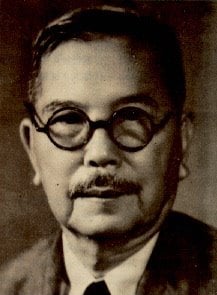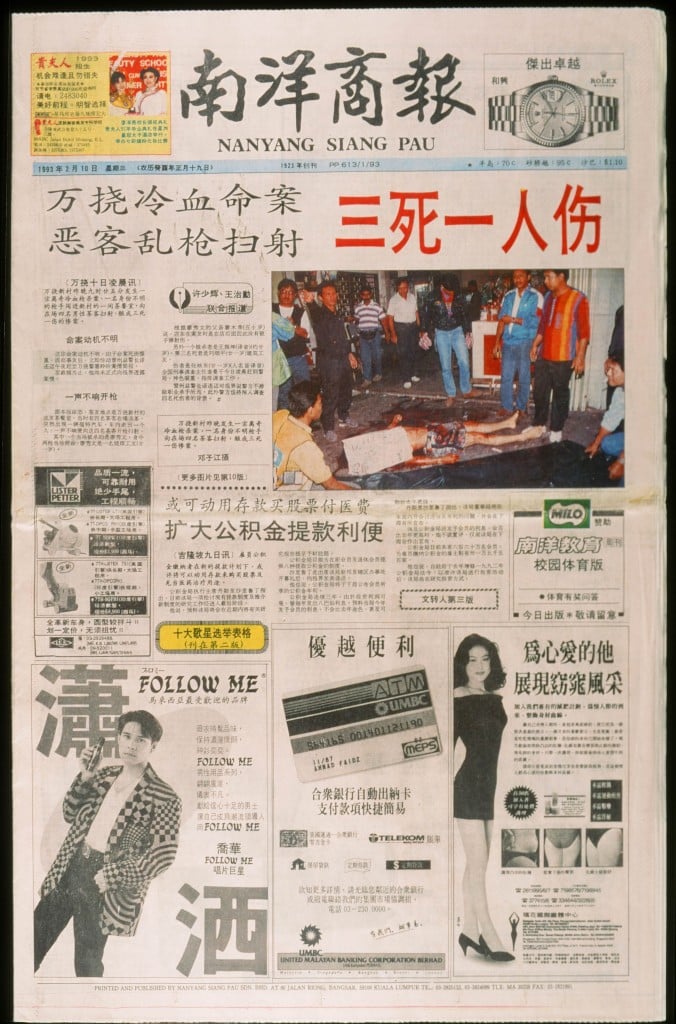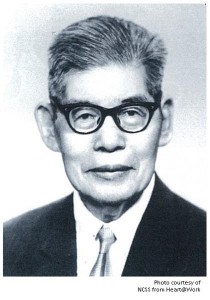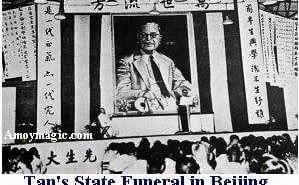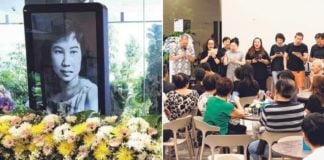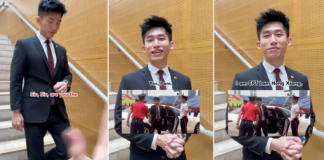Tan Kah Kee is more than just a name on the Downtown Line
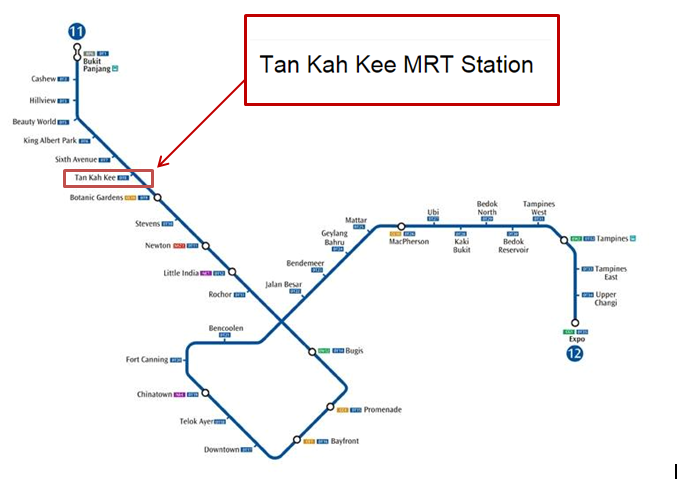 Source
Source
You hear the name Tan Kah Kee when you take the Downtown Line, but chances are you know little about this man. Tan Kah Kee was a philanthropist who founded The Chinese High School (a.k.a Hwa Chong Institution), which might explain why the station is located next to the school. Here are 10 other facts you never knew about the Chinese businessman.
1. His background
Tan Kah Kee was born on 21 October 1874, in Xiamen, Fujian, China. At age 16, he travelled to Singapore to work at his father’s sundry and rice mill shop.
 Source
Source
2. He was an entrepreneur
Alas, his father’s business collapsed in 1903, which pretty much meant he was on his own.
The entrepreneur soon set up his own company and gradually built a business empire from manufacturing, rubber plantations, real estate, import and export brokerage, sawmills, rice trading and ocean transport. He was proficient in Hokkien, which helped pave the way to his success as the dialect was an important business language for doing business in Singapore in the 19th and 20th century.
From 1912 – 14, Tan’s business was at its prime, and many dubbed him as the “Henry Ford” (well-known American industrialist) of the Malaya community.
3. He started a Chinese newspaper
 Source
Source
He later ventured into retailing, and also founded Chinese newspaper Nanyang Siang Pau in 1923. His businesses generated jobs for more than 30,000 people, with 150 offices in five continents. His employees underwent training, and many later became prominent businessmen and community leaders — the more well known ones are Tan Lark Sye, Oon Khye Hong and Lee Kong Chian.
4. His businesses failed in 1934
In 1925, Tan’s business reached its peak.
However, he was later weighed down in his business expansion — especially in retailing and rubber good manufacturing — due to the strong competition he faced from cheap Japanese imports. Tan had no choice but to turn to the banks for loans, and by 1925, his company was running a big deficit. To make things worse, the 1929 Great Depression made it even more challenging for Tan to salvage the situation.
In February 1934, Tan wound up his business, but was still widely respected as a community leader.
5. He played an imperative role in the establishment of many schools in Southeast Asia

The Chinese High School in Singapore.
Source
Back in China, he started a school in 1894 in his village in Jimei when he was merely 21 years old. In 1918, he set up the Jimei Schools (present-day Jimei University) in Xiamen. In 1921, he founded Xiamen University and supported it financially until the Republic of China’s Nationalist Government took over in 1937.
His zeal for the educational sector persisted in Singapore, where he founded five primary and five secondary Chinese schools — that’s a total of 10 schools!
Tan took up a leading role amongst Singapore’s Tao Nan School’s 110 founding members. In 1919, he established The Chinese High School in Singapore, also known as present-day Hwa Chong Institution’s High School Section. He also made generous donations to two English-medium institutions, Raffles College and the Anglo-Chinese School.
6. His son-in-law is prominent Chinese businessman and philanthropist Lee Kong Chian
 Source
Source
In 1920, Tan’s daughter Tan Ai Leh married his protege Lee Kong Chian. Lee later followed in his father-in-law’s footsteps and also became an esteemed businessman and philanthropist.
7. He narrowly escaped the Sook Ching Massacre
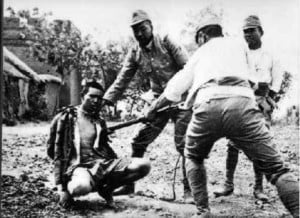
A man held hostage by the Japanese.
Source
In the Second Sino-Japanese War, Tan supported Chinese efforts financially and organised many relief funds under his name, one of which managed to raise 10 million Straits dollars in 1937.
In Chongqing, he was a participant in the Legislative Yuan of the Nationalist Government. However, the Japanese invaded and occupied Singapore and Malaya in 1942 and deemed these contributors as “undesirables”. This group was subjected to systematic extermination in the Sook Ching Massacre, which Tan managed to survive as he escaped to Java, Indonesia.
8. He was denied entry into Singapore
The Chinese Civil War began in 1927, which was a civil war in China fought between forces loyal to the Communist Party of China (CPC) and the forces loyal to the Kuomintang-led government. In Singapore, the war divided the Singapore Chinese community into two groups — the Communist and Kuomintang sympathisers. Tan was disillusioned with the internal Kuomintang corruption, and supported the Communist instead.
The Communist eventually won the war in China, and the People’s Republic of China was subsequently founded in 1949. In 1950,Tan tried to return to Singapore, but British colonial authorities denied his entry as they were worried about communist influence in Malaya and Singapore.
9. He had four marriages
Tan Kah Kee had four marriages with a total of seventeen children.
In his first marriage, his wife Teo Po-ke was the daughter of a scholar from Chi Mei, who married him at age eighteen.
His second wife was Goh Shiok-neo from Amoy. He later married Yap Kheok-neo, who was also from Amoy. His last marriage was to Madam Chou, a Singapore-born lady, who died young prior to the Japanese occupation in Singapore in 1942.
Although his wives all had little to no education and knew barely anything about politics and businesses, they brought peace, harmony, security and stability to the families so that Tan could concentrate on his profession and career as a political and community leader in Singapore’s Chinese community.
10. He was remembered even after his death
In 1961, Tan passed away in Beijing and the Chinese government gave him a state funeral. In Singapore, the Tan Kah Kee Scholarship Fund — later known as the Tan Kah Kee Foundation — was set up in memory of the philanthropist.
 Source
Source
 Source
Source
His legacy will live on
Now that you know so much more about Tan Kah Kee, take the opportunity to show off share your knowledge with your friends the next time you take the Downtown line. Tan Kah Kee is certainly more than just a station on the Downtown Line – he had contributed so much to Singapore and provided many with the opportunity to study.
Even until today, his name is synonymous with leadership, entrepreneurship, philanthropy, social reform and education.
Like this post and MustShareNews’ Facebook page to keep up with our posts!
Talk to us! Send in your story suggestions or comments to hello@mustsharenews.com
Featured image via HC Unite/ Driwan Cyber Museum
With reference to Wikipedia, Singapore Pioneers, Google Books, Wikipedia

Drop us your email so you won't miss the latest news.

